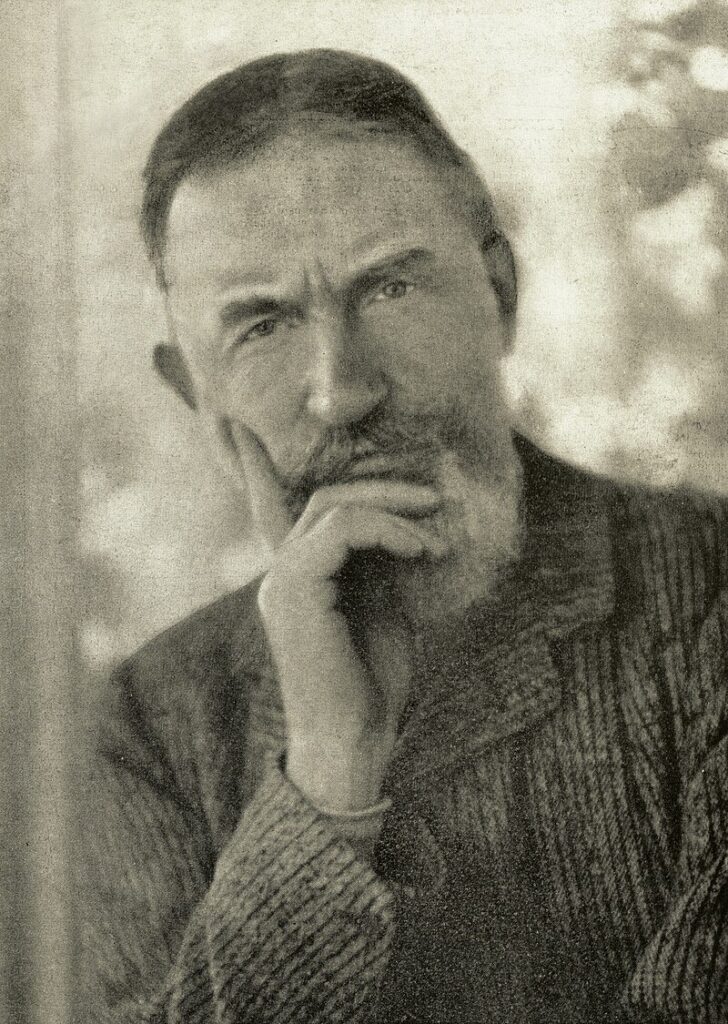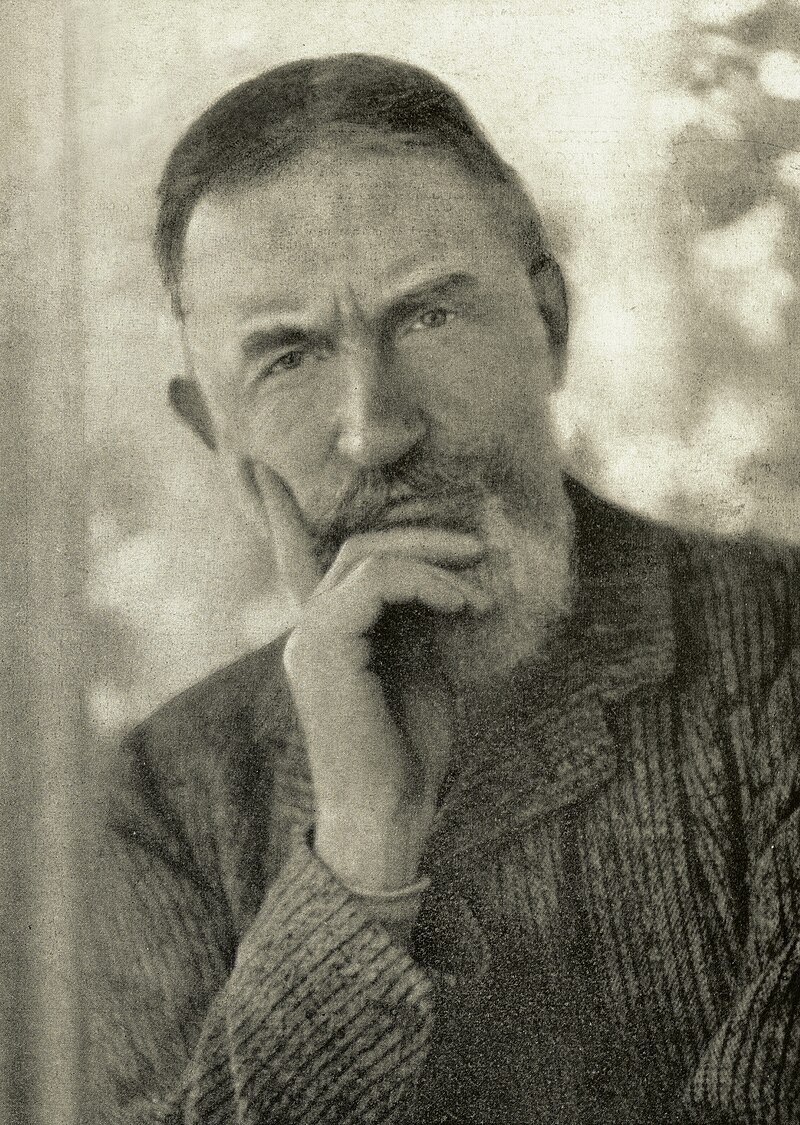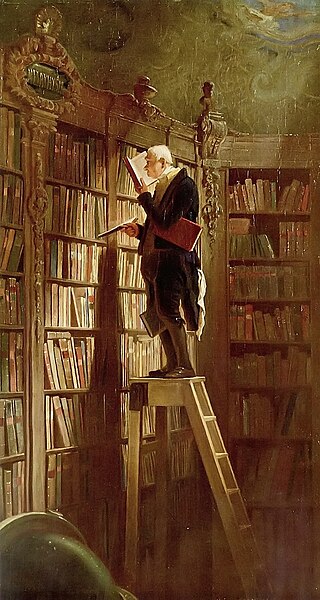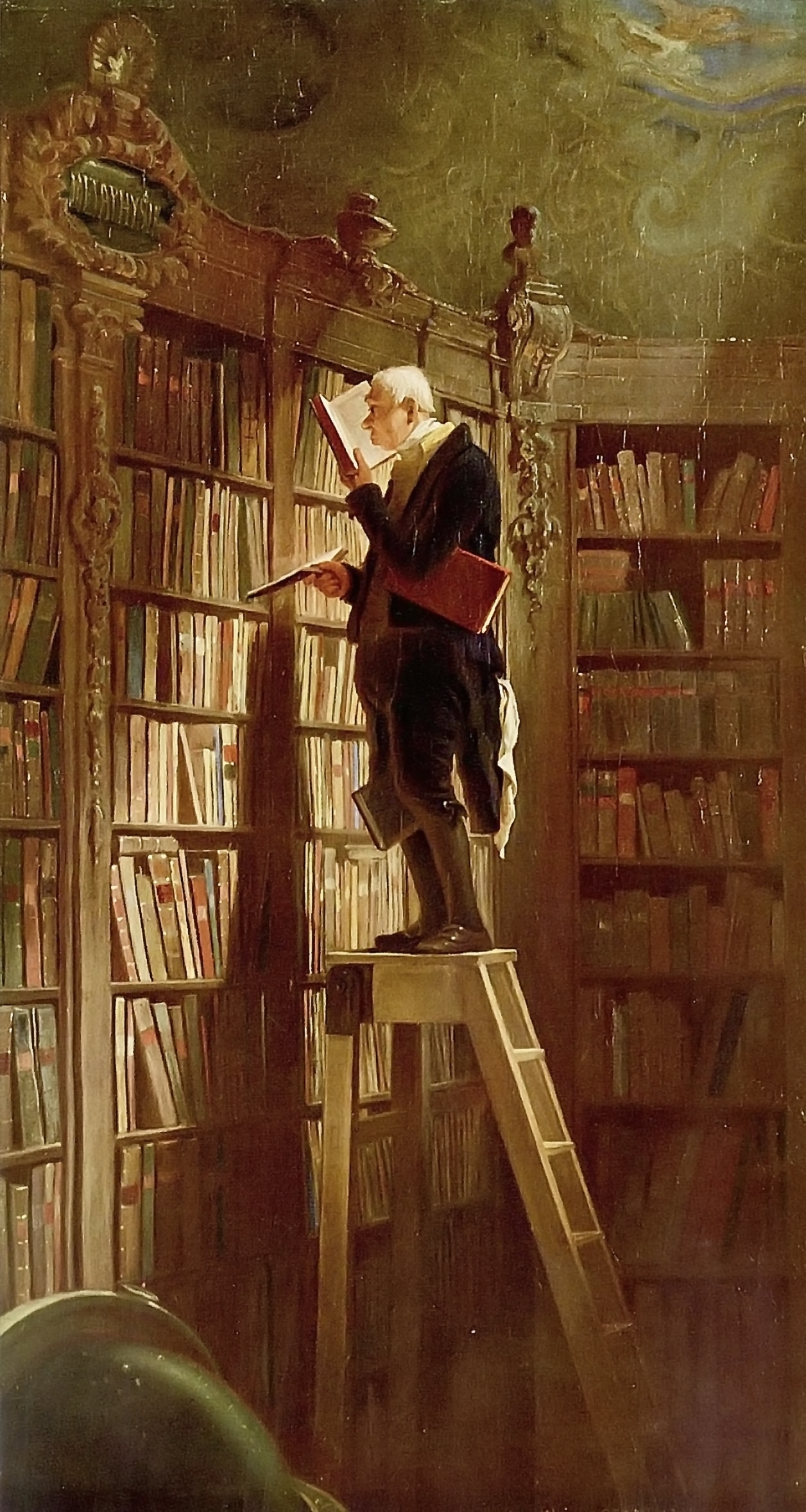
George Bernard Shaw
Two Novels of Modern Society
「1885-Jul-15」George Bernard Shaw, “Two Novels of Modern Society, review of Who Was Then The Gentleman, by Charles Reade,” Pall Mall Gazette (July 15, 1885); reprinted in Bernard Shaw’s Book Reviews「Google Books」, Originally Published in the Pall Mall Gazette, 1885 to 1888, ed. by Brian Tyson (Penn State Press, 1991); 369-373.
Animals dislike being vivisected, but they also dislike being forced to bear burdens and draw loads. The difference is not in the pain endured by the animal, but in the fact that whereas there is no doubt than an intelligent horse would consent to do a reasonable quantity of work for its living if it were capable of economic reasoning , just as men do, it is equally certain that no horse would on any terms submit to vivisection. On this ground the vivisector violates that moral law; and on this ground he may be called hard names.
__________
Shaws opinon of the practice of vivisection was unwavering. His first printed pronouncement on the subject of vivisection in the name of Science occurs just three months before this review, in the April 1885 episode of To-Day’s serialization of Shaw’s novel Cashel Byron’s Profession, where Byron, the boxer, defend his profession by contrasting its cleanliness with that of a French doctors who “bakes dogs in ovens.”. In the present review Shaw tackles the common rebuttal that the anti-vivisectionist is merely an “abusive sentimentalist.” Eight years later, putting his preaching into practice, Shaw, in The Philanderer attacks vivisection on moral grounds; and, no doubt remembering his own censure of Compton Reade, he anticipates and outwits his critics by making the vivisector himself a sentimentalist. (Brian Tyson, ed., Bernard Shaw’s Book Reviews「1991」, 30)




